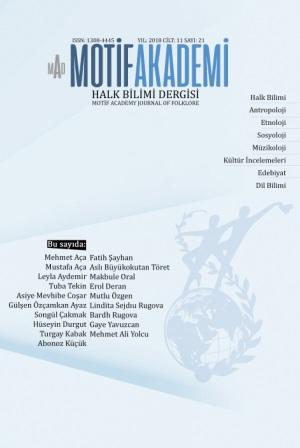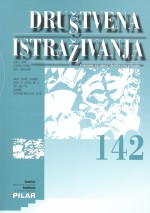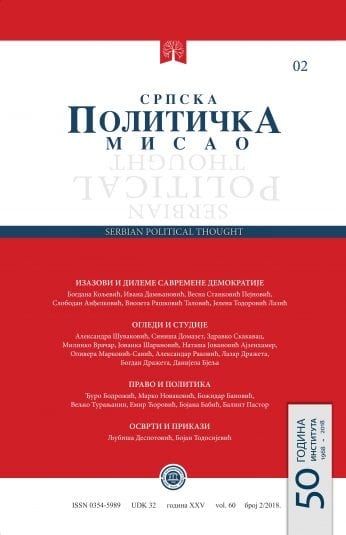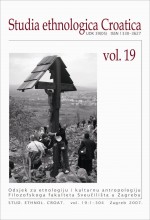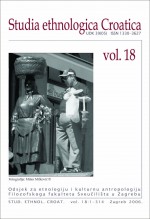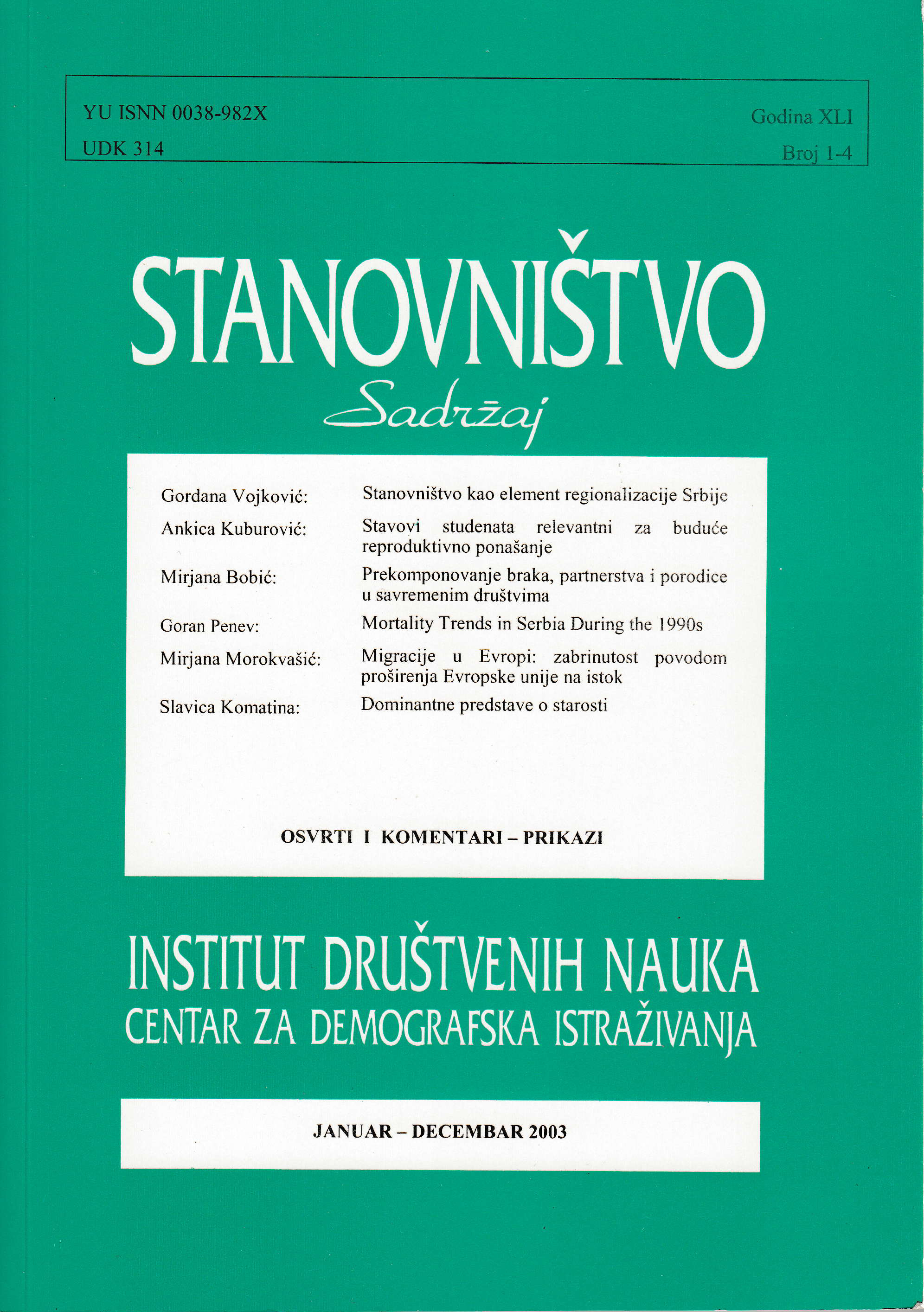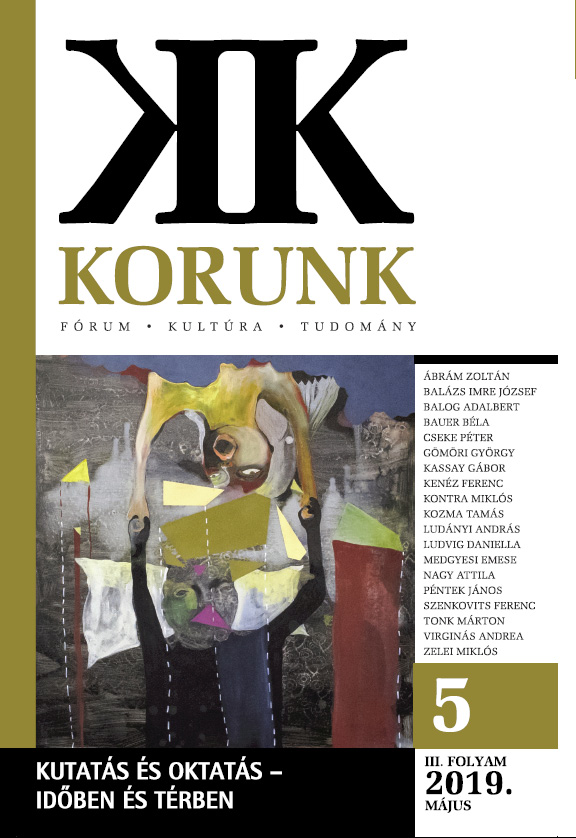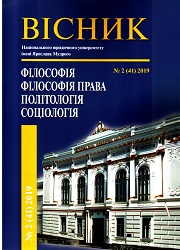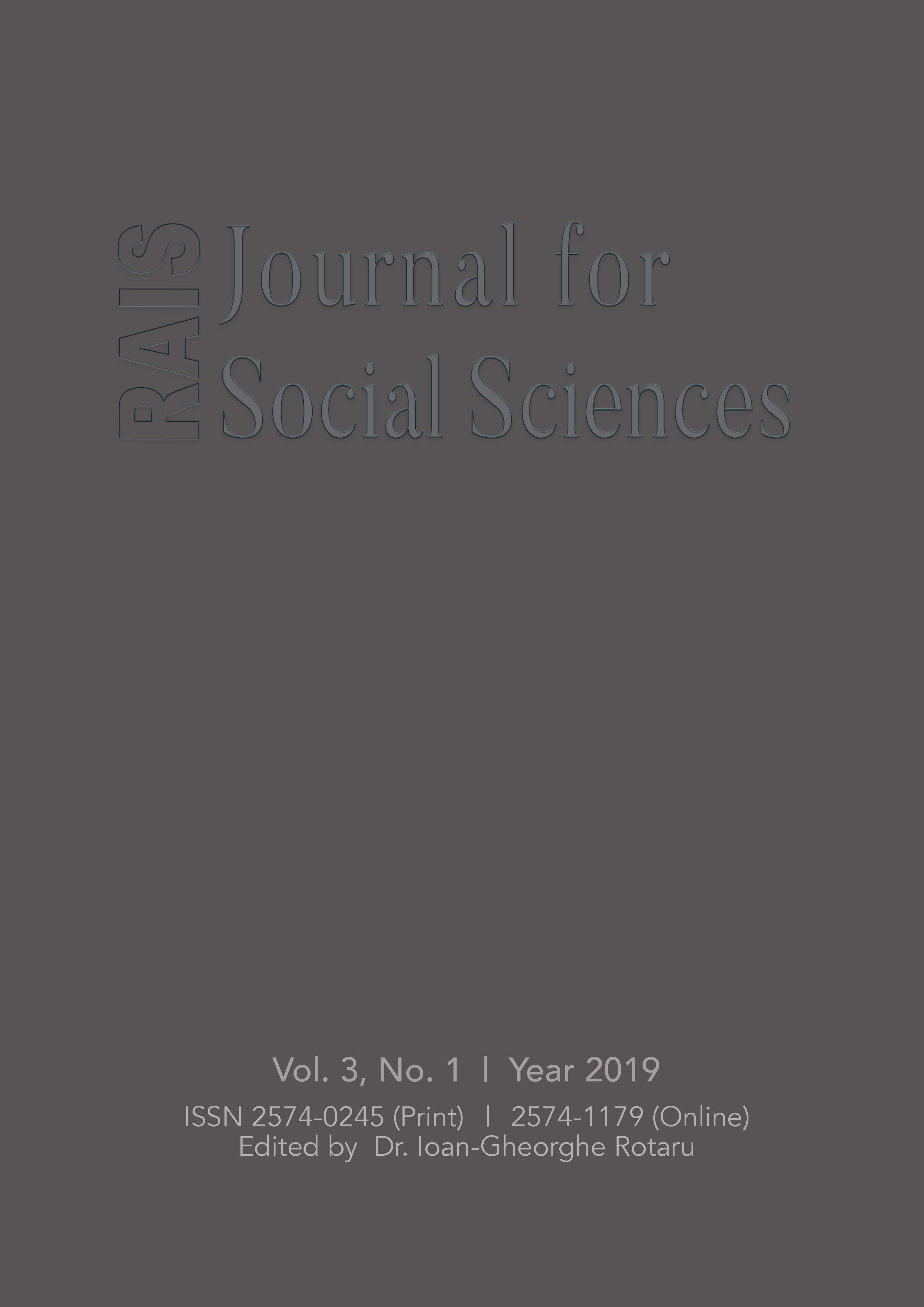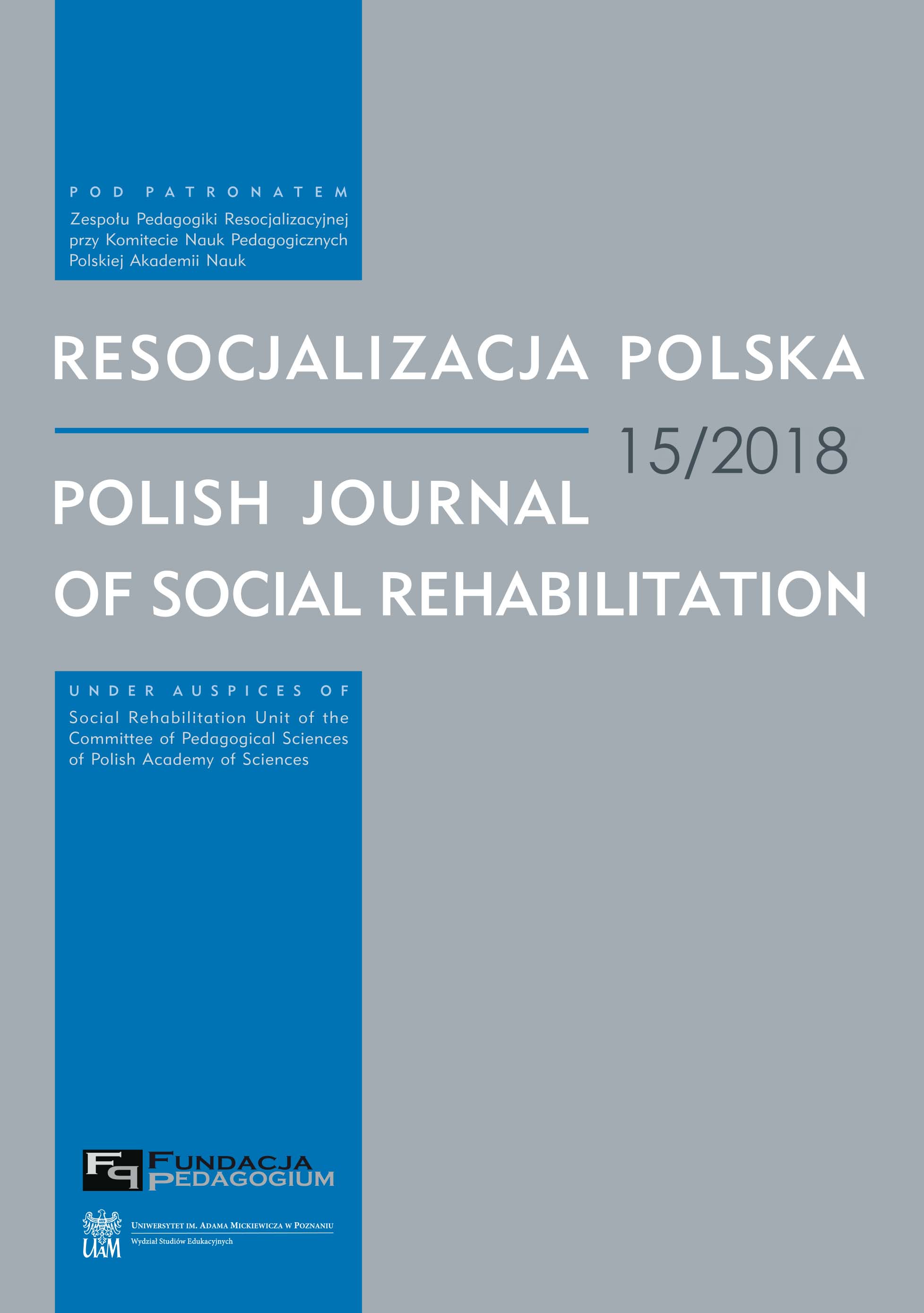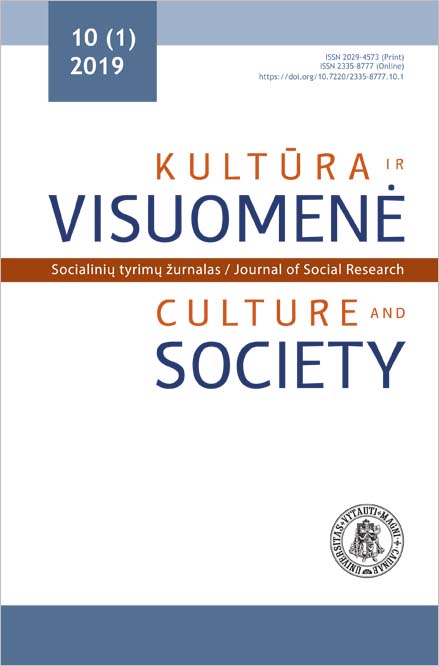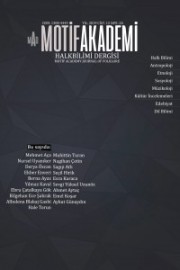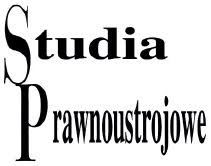Author(s): Mirjana V. Bobić / Language(s): Serbian
Issue: 1-4/2003
This paper describes contemporary changes in marriage, relationships and family in European populations, and then their evolution from the last decade of the twentieth century till present day, as well as various forms and types, in which plurality of contemporary partnership unions is revealed. The other goal of this supplement was to provide a wider theoretical-hypothetical, explanatory framework for understand-ing what is happening in population (on appearance level) but now in the context of contemporary societies. Three variables are introduced: macro (paradigm of modernization, namely social, i.e structural and cultural changes), micro (paradigm: resources-limitations-behavior) and mezzo (differences in social and demographic development of countries of North, Western, South and Central and Eastern Europe (former socialistic countries in transition).Cautious predictions on what could be expected in future concerning: empirical documented differences of living arrangements of European populations of the West, but also of the East, as well as relative demographic consequences. On the macro level (paradigm structure/culture) the responses depend on the rate the two main social processes will develop: 1) development of "European society", and 2) the birth of "world" (global) society. Most of the authors conclude on the convergence of social and demographic development on the territory of Western, but not Eastern Europe (and especially the Balkans). This conclusion concerns even the countries of the South European region, considering that it is uncertain in which direction and speed will their integration into the European Union develop.With regards to the trend of decreasing fertility, a continuance of existing secular tendencies may be expected in future as well, even on the whole European territory, and that it will be supported by social changes of (post) modernization, individualization and rational behavior, so that it will become a general model. For now it is evident that convergence of social and demographic development may be demonstrated on the territory of Western but not Eastern Europe as well (and especially of the Balkans). The later is also valid when the Southern European region is in question, considering that it is uncertain in which direction and at what speed will their integration into the European Union develop.With regards to the trend of decreasing fertility, a continuance of tendencies may be expected in future as well, on the whole European territory, and that it will be supported by social changes of (post) modernization, individualization and rational behavior, so that in most cases parents will satisfy their needs with only one child. On the contrary, family forms and life styles will probably reflect differences between countries of the North and Western Europe in future as well on the one hand, and Southern on the other hand, and Central and Eastern Europe (former socialistic countries) on the third hand.Readiness for marriage, partnership styles, as well as aspirations to forming families will depend on individual decisions, which will result from personal resources and limiting factors (macro, mezzo and micro). On the aggregate level of population, the result will be polarization between non-family and family households. Social conditions of foregoing modernization (increase of risks, job uncertainty, country prosperity crisis) as well as globalization will probably contribute to increasing the polarization process. The same conclusion may be derived for the group of former socialist countries of Central and Eastern Europe (and the Balkans) as well, whose key problem now is finishing the process of transformation towards market economy.
More...
